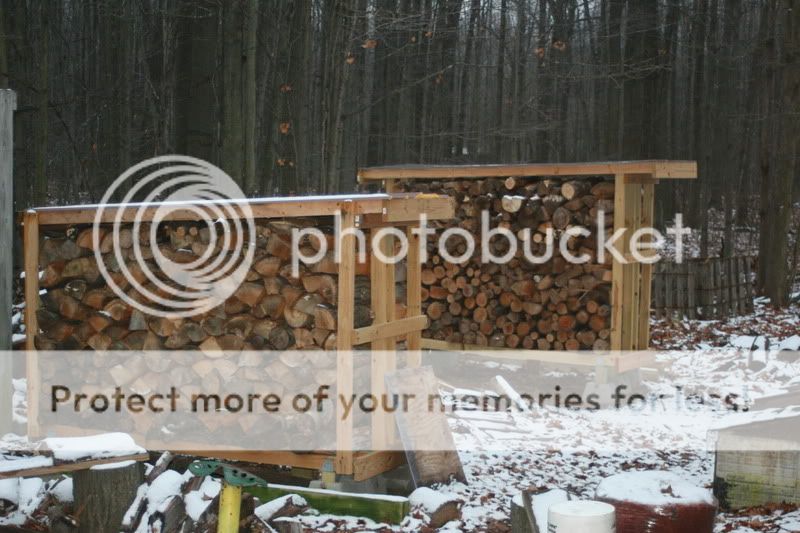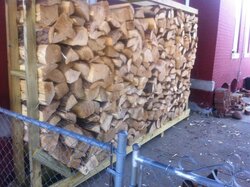The wood in my shed is so tinder dry that I worry about any spark setting it off. My woodshed is divided into two sections and I keep a lightbulb in the section I am taking wood from. I even worry about rodents chewing the wire for the light, so I flip the switch in the house to cut the power to the shed. I know there are rodents cuz I see their tracks in the snow and find their nests in the stacks.
The other night I was out there after dark to bring in some splits but they were all too big for what I needed so I had to resplit some. I keep a chopping block in the dark side of the shed for resplitting and was surprised to see sparks fly when I whacked the wood with my little 2-1/2 pound axe.
The other night I was out there after dark to bring in some splits but they were all too big for what I needed so I had to resplit some. I keep a chopping block in the dark side of the shed for resplitting and was surprised to see sparks fly when I whacked the wood with my little 2-1/2 pound axe.





